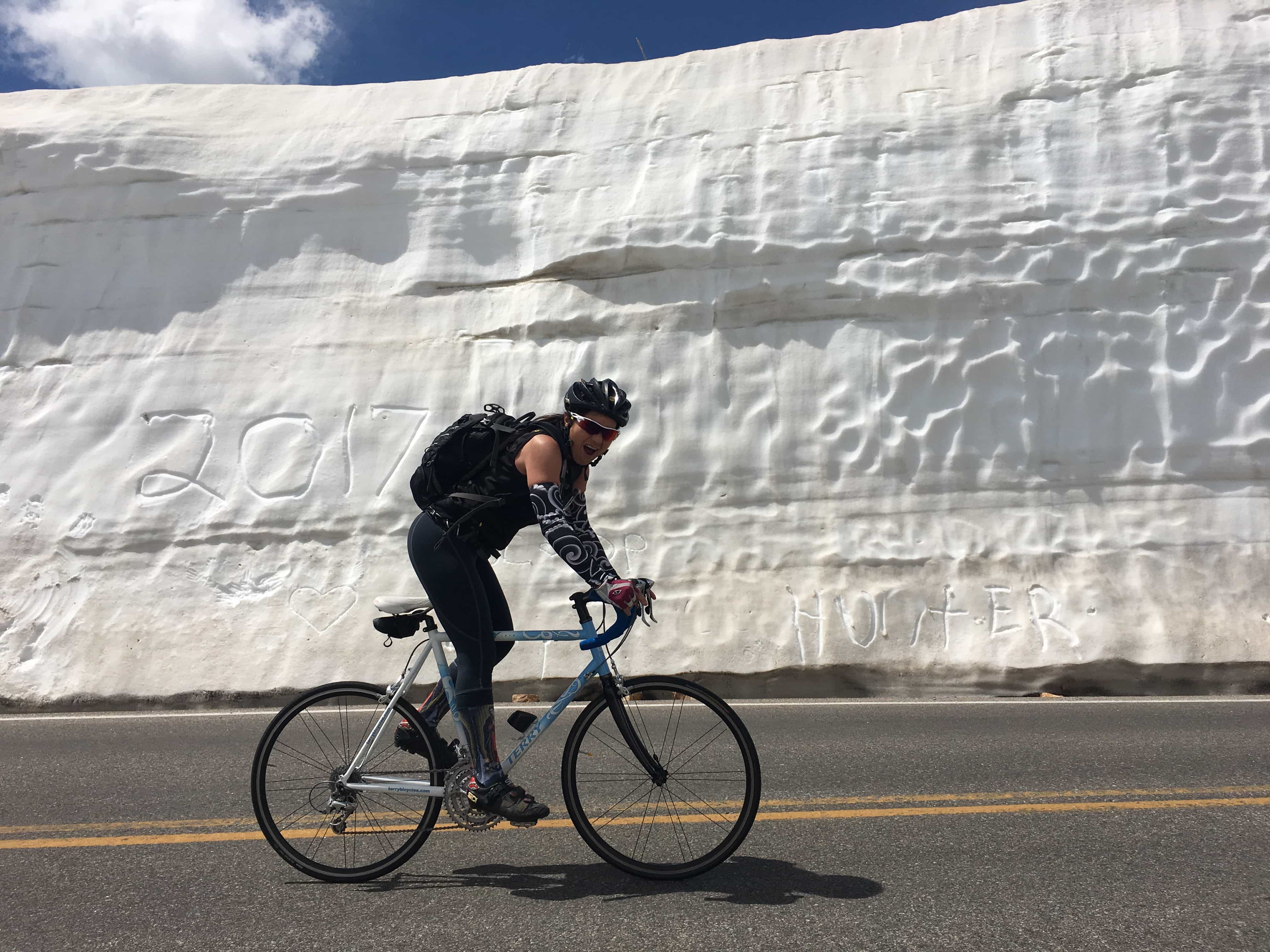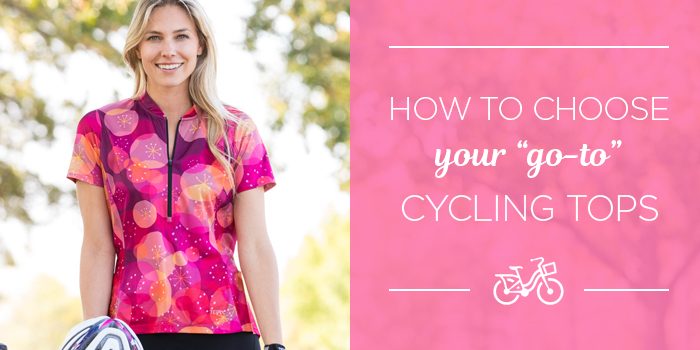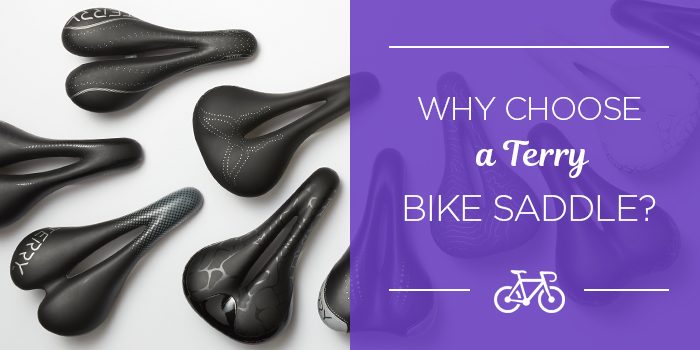
Hot Weather Cycling Tips
High temperatures don’t have to stop you enjoying a good bike ride. Just follow these tips and guidelines to stay cool and safe when the mercury climbs higher than Mont Ventoux.
Summertime, and the livin’ is easy… except when it gets above 90°
Hot weather cycling is a lot more appealing than setting out for a ride in cold, gray, wintry weather. Longer days, no restrictive layers of clothing, easier pedaling with relaxed, warmed up muscles. But riding in hot weather brings another set of challenges, and really hot weather can bring real danger.
When we’re cycling in hot weather, we’re dealing with our bodies’ efforts to maintain an optimum temperature.
- We sweat, which allows heat to escape via evaporation.
- Our blood flow is diverted from major organs (including the brain) and muscles to the skin, where it can cool, which of course is why many of us look flushed when we’re hot.
- Our heart rate goes up, increasing that blood flow to the skin, and maintaining sufficient oxygen supply to organs and muscles.
The hotter it is, the faster we get overheated, and the less effort it takes to get there. Overheating can happen gradually at first, but can come on really fast when you get toward the danger zone, so pay attention to how you feel and don’t push it if you notice any symptoms of overheating – it’s time to take a break and cool yourself down.
Symptoms of overheating
- Sweating normally then suddenly sweating stops
- Feeling chilly or cold
- Feeling dizzy or faint
- Lightheadedness, confusion
- Feeling nauseous
- Vomiting
- Suddenly feeling weak
- Heat cramps in larger muscle groups
If we continue to exercise when our core temperature is above optimum levels, we risk heat stress, heat exhaustion and heat stroke.
Heat stress is where you get one or more of the above symptoms, and when severe enough it becomes heat exhaustion: you may collapse or be unable to continue. If it’s bad enough you may find you have a day or so where it feels like you have the flu.
It’s dangerous because there’s a thin line between severe heat exhaustion and heat stroke.
Heat stroke is where your brain heats up to the point where it can no longer function correctly, with loss of consciousness, and bodily functions. It can be fatal.
Severe heat exhaustion makes most of its victims much more susceptible in the future.
Keys to avoiding overheating when cycling in hot weather
Drink a little, often, to stay hydrated
Pre-hydrate and drink often while you ride. Plan on drinking one water bottle per hour if the weather is cool and you are not riding hard. Drink up to two water bottles per hour if it is hot, if you are riding at high altitude, or if you ride at a high-intensity level.
Carry two water bottles or the equivalent in a hydration system such as the Kitsuma Hyrdration Pack.
The wind can make you feel cool, but don’t be fooled. The wind evaporates your perspiration. So drink before you are thirsty. Once you are dehydrated, it’s too late. Cool fluids go down more easily. Drink some calories while you’re at it. A sport/fluid replacement drink, half-strength juice, or Gatorade—whatever you’ve tried before that works for you. Lost fluids decrease performance. Dehydration increases heat stress and hypothermia.
Avoid over-hydrating
“Drink! Drink! Drink!” Important advice. But too much of a good thing can cause problems, too. Unless trained to do so, athletes can’t process more than one quart of fluid per hour.
- Too much fluid can cause gastrointestinal bloating, which basically means you’ll be uncomfortable.
- Too much fluid can also result in low blood sodium—a dangerous condition described next.
Maintain salt and electrolyte levels
Water and most fluid replacement drinks don’t have enough sodium to replace that lost with sweating. Your body usually has enough sodium reserves to last about five quarts of sweat—five hours of moderate exercise in cool conditions or just a couple of hours when working hard in the heat.
Low blood sodium (hyponatremia) is the main medical problem necessitating emergency treatment and hospitalization in endurance aerobic sports such as centuries and marathons.
- Most riders should plan on consuming salty foods the day before and the breakfast of a day of exercise in the heat.
- Most prepared foods (sandwiches, cookies, muffins) are high in sodium.
- Consume salty snacks during long rides and choose fluids, bars, and gels with high-sodium content.
Use sun protection
Limit your exposure to the sun by choosing shady routes if you can, and resting in the shade whenever possible.
Use a waterproof sunblock with a high SPF rating, so it doesn’t get washed off as you sweat. Apply to exposed skin about 45 minutes before you ride and refresh it every couple of hours or so.

Soleil Flow in Peaks – a customer favorite, offering great sun protection with relaxed fit comfort.
Surprisingly to many, long sleeves can actually be cooler than short sleeves or sleeveless tops for cycling, or any other activity in the sun. The key is to choose a lightweight, wicking fabric with good sun reflecting properties. The fabric still allows cooling evaporation but also keeps the sun off the skin, which feels cooler and avoids sunburn (which reduces the skin’s cooling ability). Our Soleil collection was developed with this in mind – wonderful for cycling in hot weather, and loved by many for golf, tennis, hiking, boating – all kinds of fun in the sun.
Shop our full range of sun protective products here.
Avoid riding in the hottest parts of the day
As Jodi, our Terry friend in Phoenix, Arizona, recommends, limit your cycling trips to the cool part of the day if you have the option. Otherwise, plan your day so you can take a siesta or a shady lunch break in the middle of the day.
Another thing to look out for in the heat: melting road surfaces
Asphalt softens in hot conditions, and can make it harder to pedal as your tires stick to the road a little. If it’s hot enough it can actually create a hazard by making it hard to maneuver your bike– look out, especially for worn sections of road in urban areas, where the tar has come to the surface over the aggregate.
Three Ps for Hot Weather Cycling
Planning
Plan ahead for your ride – set yourself up with water, sports drinks, snacks and food for the length of ride you have in mind, extra if you can carry it. Stock up on sunblock and cooling, shading clothing options.
Precautions
Take Precautions – use sun protection, choose shady routes, pay attention to how you feel. If you can, choose to ride in the cooler part of the day, avoid the highest temperatures if you can, and if you’re not enjoying it anymore feel free to quit or take a break.
Patience
Have Patience – in really hot weather, allow extra time for frequent rests and a slower pace. Above around 100° you should rest completely for 15 minutes in each hour of activity. You’re going to get where you’re going a lot slower at that rate, so make allowances. Ride at an easier pace, especially when climbing, don’t rush it, and don’t skip the rest stops.
When is it too hot to ride?
The point where conditions are just too hot for cycling is different for different riders. Your fitness, conditioning, adaptation to heat, previous heat stress exposure, and body shape all come into play – they are all factors influencing your body’s ability to cool itself. Your tolerance for discomfort comes into play as well. However, these guidelines apply to everyone:
- If you find you can’t ride without feeling overheated, it’s too hot.
- If it’s hot enough to stop you from enjoying the ride, it’s too hot.
- If your tires have melted, yes, it’s probably too hot.




Leave a Reply